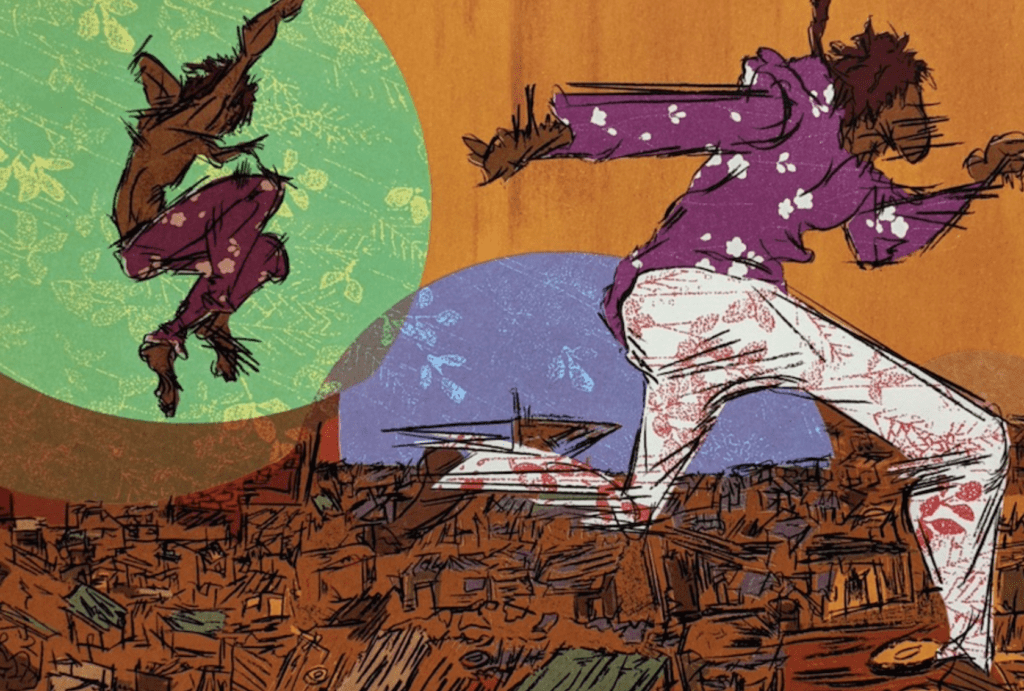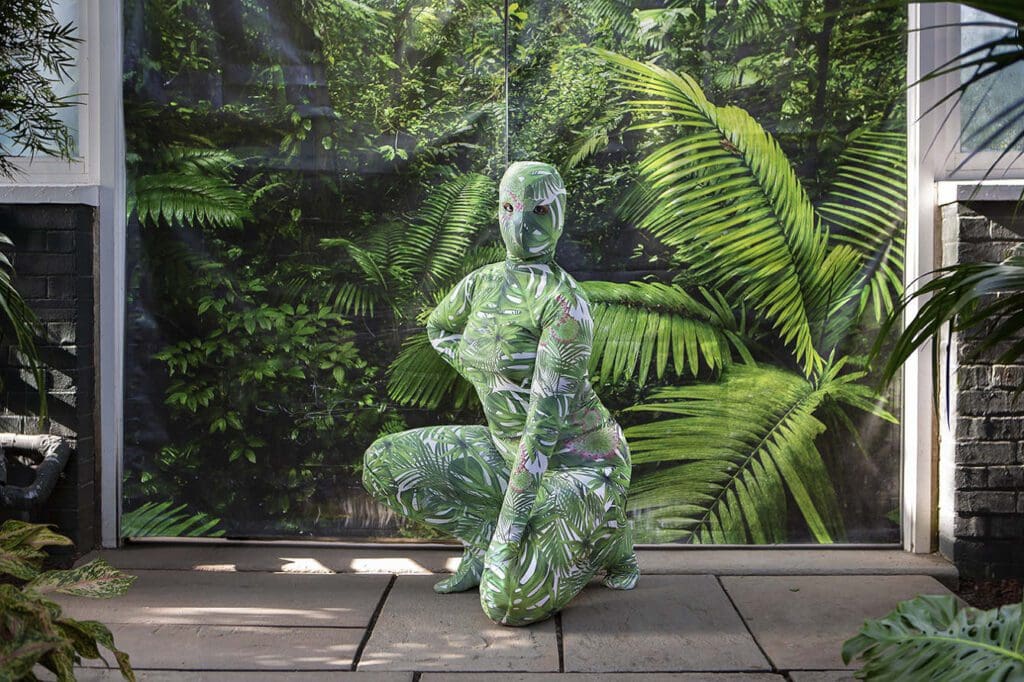Search Posts
Recent Posts
- Writer Herb Weiss’ 45 years of Advocacy on Aging now Archived at Rhode Island College Library Special Collection June 23, 2025
- Providence Biopharma, Ocean Biomedical, Notified of Termination of License Agreements with Brown University, RI Hospital June 23, 2025
- Networking Pick of the Week: Early Birds at the East Bay Chamber, Warren, RI June 23, 2025
- Business Monday: Dealing with Black and White Thinking – Mary T. O’Sullivan June 23, 2025
- Rhode Island Weather for June 23, 2025 – Jack Donnelly June 23, 2025
Categories
Subscribe!
Thanks for subscribing! Please check your email for further instructions.

ART! Providence College Galleries rebounding with $300,000 grant
Did you know? Providence College has two Art Galleries open to the general public. They are both free. The two galleries are the Hunt-Cavanagh Gallery at Hunt-Cavanagh Hall and the Reilly Gallery at the Smith Center for the Arts. The college is at 212 Huxley Avenue, Providence, 02918.
Providence College has been awarded more than $300,000 from the National Endowment for the Humanities to help its art gallery rebound from the coronavirus pandemic.
The school was one of 90 colleges nationwide that received American Rescue Plan funding that will help cultural and educational nonprofits retain and rehire staff, and rebuild programs and projects disrupted by the pandemic.
Jamilee Lacy, director and chief curator of PC Galleries, said the grant will help fund a new project called “Multiplicity: Abstraction, Pattern & Identity in Limited-Edition Art.”
“The project is intended to facilitate greater use of the art collection by various audiences, including not only PC faculty and students but also members of the public, especially those of neighboring high school and teen programs, community groups, and state-wide neighbors who desire experience and repeated engagement with contemporary art,” Lacy said in a statement.
This project includes the hiring of three part-time staff members and contractors to integrate 75 recent contemporary art acquisitions into the permanent collection.
We look forward to seeing what they do to add to the diamond-in-the-rough
Gallery hours (may change during holidays) are: Monday to Saturday, 11am to 6pm – or by appointment requested via email at: pcgalleries@providence.edu
The public safety officers at the Huxley Avenue gate to campus can guide visitors to the galleries upon entry.
(401) 865–2400
pcgalleries@providence.edu
PCG’s exhibitions and programs are open to all free of charge. Much of our collection is viewable to students and faculty in academic spaces and to the public by appointment. The collection is also accessible to the public through the collection database housed on this website. Get in touch with at pcgalleries@providence.edu with any requests.
They also have an inaugural online exhibition showcases the work of more than 25 artists who use animated GIFs to present fully-realized environments.

Running through February 26th – The Carriers: Joiri Minaya and Anne Austin Pearce at the Hunt-Cavanaugh Gallery:
This exhibition features two artists—Joiri Minaya of New York and Anne Austin Pearce of California—whose artwork questions the colonial urges and histories around collecting, controlling, and exploiting nature and representation.
Minaya’s ongoing Containers, a series of performative photographs on view
in The Carriers, feature the artist in natural environments wearing bodysuits she makes out of fabric with designs representing tropical nature. Minaya’s work often utilizes ‘the tropical’ as a critique of colonialism and as a means
to locate and reclaim agency. Historically constructed by colonial desires, the tropical is now a kind of universal ready-made: decorative, interchangeable, and disposable branding. Minaya’s inhabited exploration of the performativity of tropical identity as a product destabilizes and shifts historical and contemporary representations of imagined tropical identities.
Pearce’s small sculptures on view in The Carriers exist somewhere between decorative glass vessels and emollient blobs. As if the after-effects of an oil spill, dozens of these art objects suggest humanity’s endless suffocation and consumption of nature through containment. Natural debris like shells, sticks, and stones are embedded in each of the vessel-like sculptures, which appear at once ensnared and memorialized. Pearce’s work often draws attention to the exploitative human tendencies to pull apart and collect the natural world while also building on definitions of eco-colonialism and empathy.
Together, these two bodies of work engage questions surrounding ethics and aesthetics of contemporary ecology, as well as the assumed vessel that is humanity. The artists ultimately ask: What is consumed or preserved and under whose authority?
At the Reilly Gallery
Art History Selects

Contemporary artists are often obsessed with the new, but they also center their creations on research and delving into art history, all in the name of seeking various truths. Artists use their work in a range ways, from trying to understand how those before them saw the world to telling today’s art audiences what their predecessors got right and wrong. By drawing mostly from the College’s contemporary art collection with expert help from art history faculty, Art History Selects explores how artist’s working today find inspiration and source material in art of the past.
Art History Selects is presented in conjunction with Then, Now, Next: 50 Years of Women at Providence College. The exhibition’s design celebrates the faculty and intellectual rigor of Providence College’s Art History while also showcasing a small selection of collected artworks made by artists who identify as women and gender non-binary. Moreover, statements from each faculty member reflect on the important roles art history and the art of today play in helping us understand the world around us.
Art History Selects is organized by Jamilee Lacy, PCG’s Director and Chief Curator, with assistance from PC/PCG staff Scott Alario, Elizabeth Corkery, Angela Crenshaw and Matthew Patrei, as well as current students Zari Apodaca (PC ‘ 23) and Daniel Carrero (PC ’23). The exhibition is supported by Providence College’s Art & Art History Department, Office of Academic Affairs and School of Arts & Sciences. The interpretive texts on display were produced with support from the Institute of Museum & Library Sciences.


